Jason Sandford
Jason Sandford is a reporter, writer, blogger and photographer interested in all things Asheville.
Today’s chilly weather got me wondering what the projections are for winter weather in our neck of the woods. I found this report, posted back in July at AccuWeather.com by long-range forecaster Joe Bastardi. We all know we have to take these things with a big ol’ grain of salt, but for what it’s worth:
A Look to the Winter
Bastardi predicts the current El Niño will fade over the winter and will probably not play as much of a role in the overall weather pattern as one would think during a typical El Niño year.
The areas that will be hit hardest this winter by cold, snowy weather will be from New England through the Appalachians and mid-Atlantic, including North Carolina. Areas from New York City to Raleigh have gotten by the past two years with very little snowfall. This year these areas could end up with above-normal snowfall.
Click on image for larger image.
While some parts of the Appalachians did have harsh winter weather in the form of ice last year, this winter could be one of the snowiest since 2002-03, when up to 80 inches fell in many places. Snowfall totals this year could reach between 50 and 100 inches. Last winter, the usage of salt was way up due to the number of ice storms. Salt supplies could be compromised again this year for state and local road crews that battle the winter weather. On the other hand, ski resorts could have a great year with plenty of powder for skiers.
Bastardi adds that the overall weather pattern that has prevailed this summer is pointing to a winter very similar to that of 2002-03, when major cities on the East Coast had above-average snowfall. Expert Senior Meteorologist Henry Margusity points out that in February of 2003, a major snowstorm paralyzed much of the Interstate 95 corridor, including New York City and Philadelphia. During the storm, airports were closed, roads were impassable, roofs collapsed and some schools were closed for a week, causing summer vacations to start late.
The storm track that could develop this year will bring storms up the Eastern Seaboard. This type of storm track will differ from that of the past two years, when storms tended to take a track farther west from Texas into the Great Lakes. That track into the Great Lakes brought unseasonably mild weather to the major East Coast cities, keeping them on the more rainy side of the storms. The track this year right along the Eastern Seaboard would put the major cities on the cold, wintry side of the storms.
A colder, snowier winter would mean an increase in energy bills, added snow removal efforts, more travel delays and extended school closures.




















OK, listening to Accu-Weather about the "weather" is like listening to Bank of America for advice on money. If memory serves, these are the guys that, a few years ago, were calling for a "big" northeast US hurricane!!! Trust me, if this forecast does verify it’s luck, NOT forecast accuracy!!!